Software Tools
Windows
- PortMon utility (by Mark Russinovich): http://technet.microsoft.com/en-us/sysinternals/bb896644.aspx
- Modbus Software – list of Modbus master programs for Windows
Linux
- http://tldp.org/HOWTO/Serial-HOWTO.html – Detailed serial port information
- http://tldp.org/HOWTO/Serial-HOWTO-12.html#ss12.1 – Serial Monitoring/Diagnostics Programs
- http://sourceforge.net/projects/serlook/ – SerLooK Linux serial port monitoring tool
Hardware Tools
The following hardware items and tools can be helpful for debugging and testing communications with the Modbus WattNode as well as for verifying and trouble-shooting the WattNode’s basic operation:
- USB/RS-485 adapter. Even if Modbus TCP/IP over Ethernet will be used for the final installation, this adapter is still needed for configuring the protocol and parity communications configuration parameters.
- A length of 22-gauge, 2-conductor twisted pair shielded cable.
- A test load such as a heater, light, or another piece of equipment can be used to verify the WattNode is reporting the expected power and current levels.
- DMM (digital multimeter) or AC voltmeter for measuring AC line voltages and CT signals at the WattNode terminals. The line voltage depends on the model of WattNode. An AC voltmeter with probes rated CAT III 600 Vac will accommodate any model. The full-scale output from a CT should read one-third volt AC (or 0.333 VAC) so a meter with an AC millivolts range should be used.
- A digital oscilloscope or MSO (Mixed Signal Oscilloscope) can be invaluable for monitoring the RS-485 signal quality and Modbus message timing.
- A laptop MS Windows PC with an RS-485 adapter running PortMon can also be helpful for showing an objective, view of the RS-485 bus traffic (i.e. it can show and capture to a log file a time-stamped hex dump of who sent what on the bus and when they sent it). PortMon can also be used on the PC that is used for software development of a Modbus Master program.
The following are only needed for applications where Ethernet may be used:
- Ethernet/RS-485 SDA (Serial Device Adapter) with power adapter.
- CAT-5 UTP RJ-45 Ethernet cables (if Modbus TCP/IP is used). An Ethernet “cross-over” cable can be useful for configuring an SDA’s TCP/IP address and port number by directly connecting it to the PC’s Ethernet port (avoids the need for changing IP mask settings on the Ethernet router).


